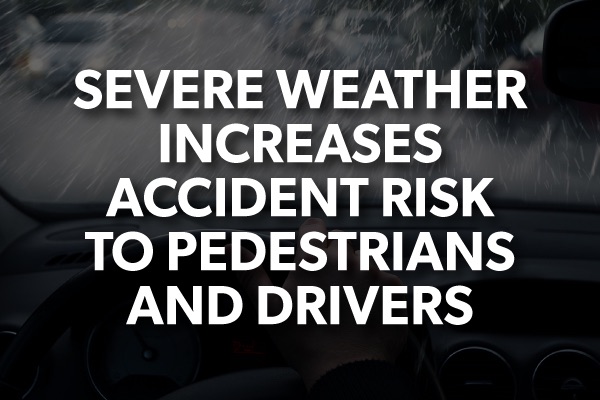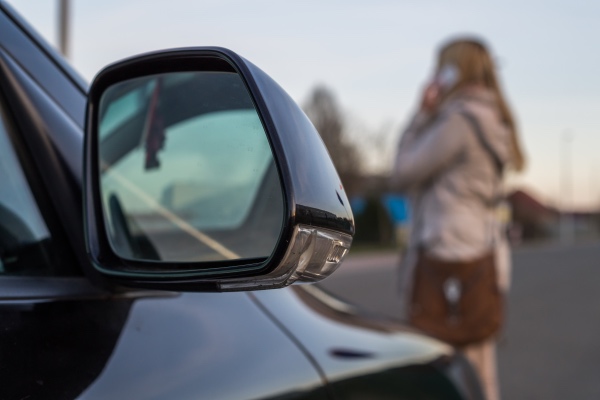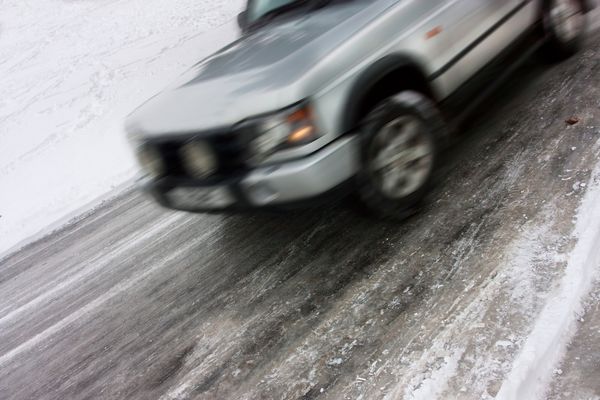
Texas isn’t known for its severe winters. While the state does typically experience a few weeks of frigid temperatures, the winters are generally mild. However, due to global warming, weather patterns have been drastically changing around the globe. Texas experienced this first-hand last year during the harsh snowstorm and significant drop in temperatures that left many Texas residents scrambling.
Poor weather conditions often spell disaster for travelers regardless of whether they are traveling by foot or by car. As we approach another winter full of uncertainty, the Hernandez Law Group, P.C. has come together to create this guide to help make our communities aware of the significant risks involved with traveling in dangerous weather conditions. We hope this guide will help you make informed decisions and help keep you safe while on the move. Here is what you need to know about traveling in poor weather conditions whether you are a pedestrian or driver:
How to Combat the Heightened Risk of Pedestrian Accidents in Inclement Weather

Inclement weather doesn’t spell hazardous conditions for only drivers. Slick sidewalks and low visibility can make even the simple act of walking a treacherous endeavor to embark on. It is important when deciding to travel to take a look at the weather or potential for bad weather before heading out. If you can avoid it, it would be best to allow the storm to pass before deciding to go outside and exercise or head to your destination. If you have to walk to your destination during inclement weather, following these tips can help reduce the risk of an accident:
- Always use sidewalks: However, if you notice the sidewalk seems slick due to ice and there is a grassy patch, it would be best to walk on the grass. Even better if there is snow on the ground. Grass and snow will give you a bit more traction than the sidewalk, helping to reduce your risk of slipping and falling.
- Remember to walk at a slower pace: Take your steps carefully and move with caution to avoid slipping on ice.
- If you are walking near the road, remember to always yield to vehicles: Never assume traffic will stop for you.
- Always make eye contact with drivers before crossing the road: This will ensure that they see you.
- Always be aware that parked cars or other obstacles such as large vegetation can block your view of oncoming traffic: don’t let your guard down.
- Always tell someone where you are walking to and what time you left: This will help ensure that someone can give emergency services a location of where you could be if you were to get in an accident and not be able to call out for help.
Combatting Heightened Risk of Driving During Inclement Weather
According to the Texas Department of Insurance, 600,000 car accidents are reported every year due to inclement weather. Whether it is snow, rain, or fog, inclement weather can turn an everyday drive into a living nightmare. It is extremely important to use caution and wait until the storm or poor conditions have passed before going onto the roads. If you cannot avoid going onto the road, keep these safety tips in mind:
Tips for Driving in Rain/Thunderstorm Conditions
- Turn on headlights: Rain reduces the visibility on the road. Having your lights on can help other drivers see your position on the road. (This is true even during the daytime.)
- Try to stay in the middle lanes: Rainwater tends to pool on the outer edges of the road, making them slicker and giving your wheels less traction. Avoid hydroplaning by staying in the middle lanes.
- Avoid puddles if possible: Driving into puddles, even if they seem small, can cause your car to lose traction on the road. This can lead to you hydroplaning and potentially result in an accident.
- Keep plenty of distance between you and large trucks or buses: Large vehicles, such as 18-wheelers, cause a spray of water that can significantly reduce a driver’s visibility.
- If you see standing water on the road, turn around: Never attempt to drive through a flooded area. You never know how deep the water is and the chances of your car getting stuck or swept away by an unseen current are high. Not to mention, traveling through deep water can damage your car’s mechanical and electrical systems. Turn around, don’t drown.
Tips for Driving Through Fog
- Use low-beam headlights: No matter if it is day or night time, always use your fog lights when driving through fog. This will allow other vehicles to see you without the lights being reflected off the fog.
- Turn on your emergency flashers: Fog greatly reduces visibility on the road, but your emergency flashers can grab the attention of other drivers behind you. This will help ensure that they are able to see you stopping in time to avoid rear-ending you.
- Use the right edge of the road as a guide: Fog can be severe to the point where you cannot see the lines on the road. The reflective white line on the right side of the road should be able to help catch your headlights and act as a guide to help you safely navigate the turns in the road. This will also keep your eyes down, ensuring you are not blinded by oncoming headlights.
- Do not change lanes: Changing lanes is incredibly dangerous during fog as other drivers may not be able to see your turn signal and therefore are unable to know of your intentions.
- If visibility continues to decrease or you feel uncomfortable driving, pull over and wait for the fog to pass: Drivers who feel uncomfortable or who cannot see anything should pull over and keep their emergency flashers on. (It is even better if you can make it into a rest stop or store parking lot.)

Tips for Driving Through Sleet, Snow, and Ice
- Make sure your vehicle is properly winterized before getting in it: Your car should have antifreeze, windshield washer fluid, and the oil should be at the right levels. Also, check your car’s battery, the wipers, the ignition system, heater, brakes, and defroster to ensure they are working properly. Finally, check the tires to make sure they are not balding or worn down.
- Use caution when driving on bridges or overpasses: Due to their elevation, bridges and overpasses tend to freeze more quickly.
- Beware of black ice: Black ice is a transparent layer of ice on the roadway that is extremely hazardous to drivers. It can cause you to lose control of your car quickly, sending you into a spin and off the road. Always drive slowly and remember to never slam on breaks. If your car does begin to spin out, steer opposite of the skid.
- If your vehicle becomes stranded, stay in the car: Do not attempt to leave your vehicle if you get stranded. Instead, call emergency services and wait for help to arrive. Trying to walk on the roadside can lead to a horrific accident or leave you exposed to the elements.
- Always make sure you have an emergency kit on hand: This emergency kit should include water, snacks, a first aid kit, blanket, flashlight, and an extra charging pack for your cell phone.
Were You Involved in An Accident?
If you or a loved one were involved in a car accident, you need to contact the trusted car accident attorneys at the Hernandez Law Group, P.C. Our team will help you determine who is liable for the accident, help you handle the insurance claims, and what damages you deserve compensation for. Juan Hernandez is one of a small percentage of lawyers who is board-certified in personal injury law. Because of this, you can trust that our team has the experience to win your case. Contact our team today to schedule a legal consultation or for more information on our services.
